When photographer Emanuel Hahn moved to Los Angeles during the pandemic, he was in a creative rut. He started visiting LA’s Koreatown — the first and most famous in the US, according to Curbed — drawn to the old graphics and signage. The storefronts reminded him of his parents’ hometown of Daegu, South Korea, in the 1990s. After frequenting businesses and striking up conversations with their owners, he learned that like many Asian American communities in the United States, these businesses were being hit extremely hard by the pandemic and gentrification.
“I was in a new environment and trying to get settled and I thought that starting a documentary project in Koreatown would inspire me for other editorial projects,” Hahn said. He decided to turn his frequent walks and photos into a book, Koreatown Dreaming, which he plans on publishing in the fall. We spoke with him about the genesis of the project, the business owners he encountered, and how cultural shifts over generations can threaten once-thriving immigrant communities.
This interview has been lightly edited for clarity and style.
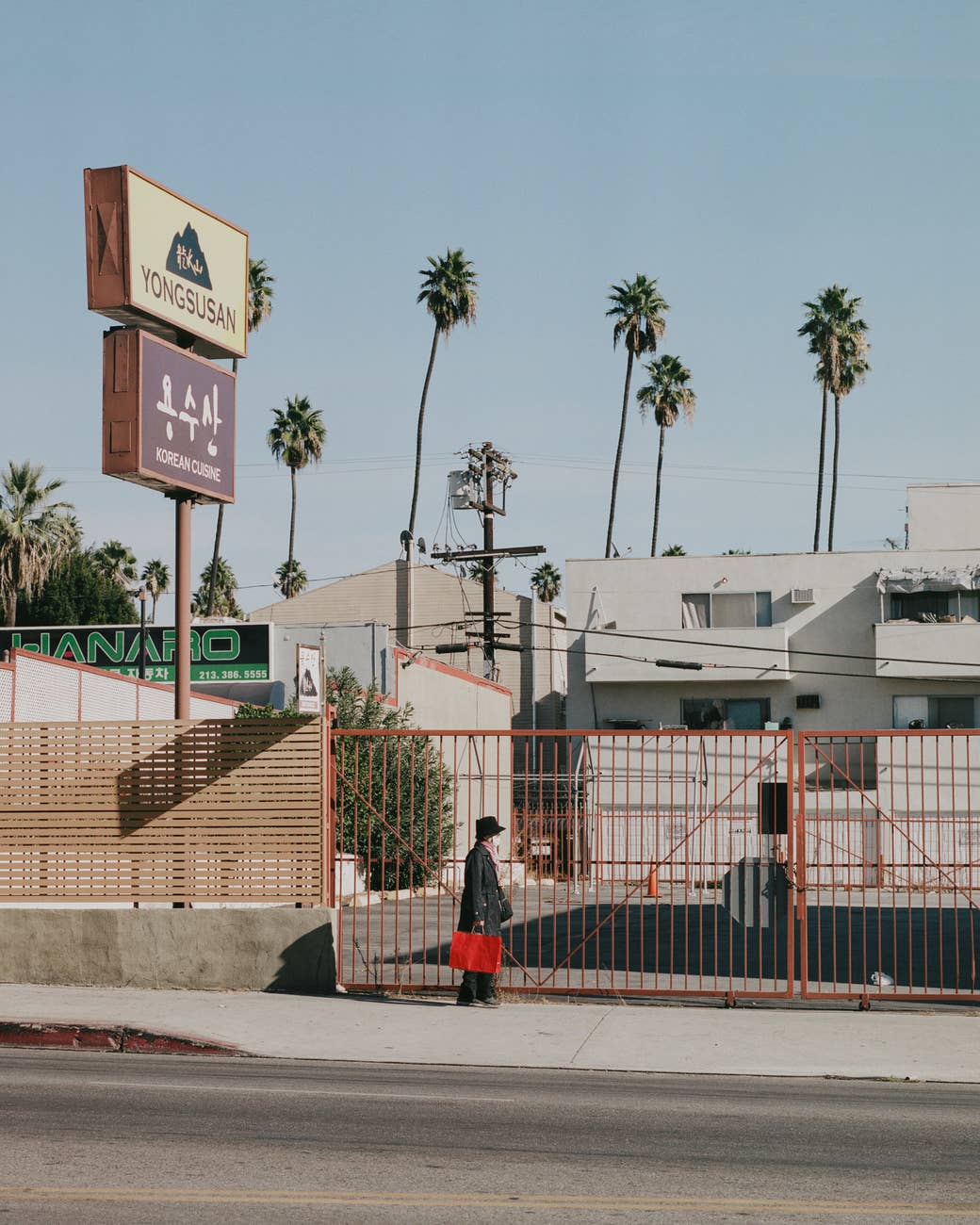
What is LA's Koreatown like?
The history of Koreatown is emblematic of the immigrant story. Many Koreans left from the 1970s through the 1990s to work and have a better life for themselves. In doing so, they brought over Korean culture, food, music, and art to this country. Some of the earliest members of Koreatown were political activists like Ahn Chang-ho [a vocal proponent of Korean independence after the Japanese annexation in the early 20th century] and visionaries like Hi Duk Lee, credited as the founder of Koreatown.
There were three main waves of Korean immigration to the US. The first began with plantation workers in Hawaii, then war brides and students arrived after the Korean war, and finally there was the Hart-Celler Act of 1965, which reversed racist immigration policies that had been in place in the US since the 1920s. It was the third wave that was the most significant in terms of numbers and impact. That was when Koreatown started morphing more into what we know today, with restaurants and small mom-and-pop stores opening.
After the Watts riots in 1965 and subsequent freeway expansions, there was white flight from the area. Many Korean immigrants were able to find affordable housing in that area and began settling and setting up businesses and restaurants. As the neighborhood grew and became more recognizable, Los Angeles County finally designated Koreatown in 1980.
What drew you to photograph Koreatown’s small businesses?
I think of LA’s Koreatown as a spiritual home for all Korean Americans living in the United States, and a crucial part of the Korean immigrant story to the US. It is the home to the largest community of Koreans living in LA, as well as a wide variety of Korean businesses and restaurants. Koreatown is a vibrant and frenetic mosaic of diverse cultures, languages, religions, and food. You can find Korean BBQ spots, Oaxacan restaurants, Bangladeshi delis, and street vendors all minutes from each other. Koreatown is also one of the most densely populated neighborhoods in LA, and thus one of the few areas where you can walk around as a mode of transportation. It is a place where dreamers and immigrants come to achieve their version of the American dream.
I wanted to document elements of that before it changed significantly as a result of the COVID-19 pandemic and rising gentrification. When I arrived in LA in October 2020, I saw extensive construction happening in Koreatown. So even before the pandemic hit, there was an accelerating amount of real estate development, and I wondered how small businesses in the area would be affected. I was definitely curious about what would happen to the unique nature of the area as a result of these destabilizing forces.
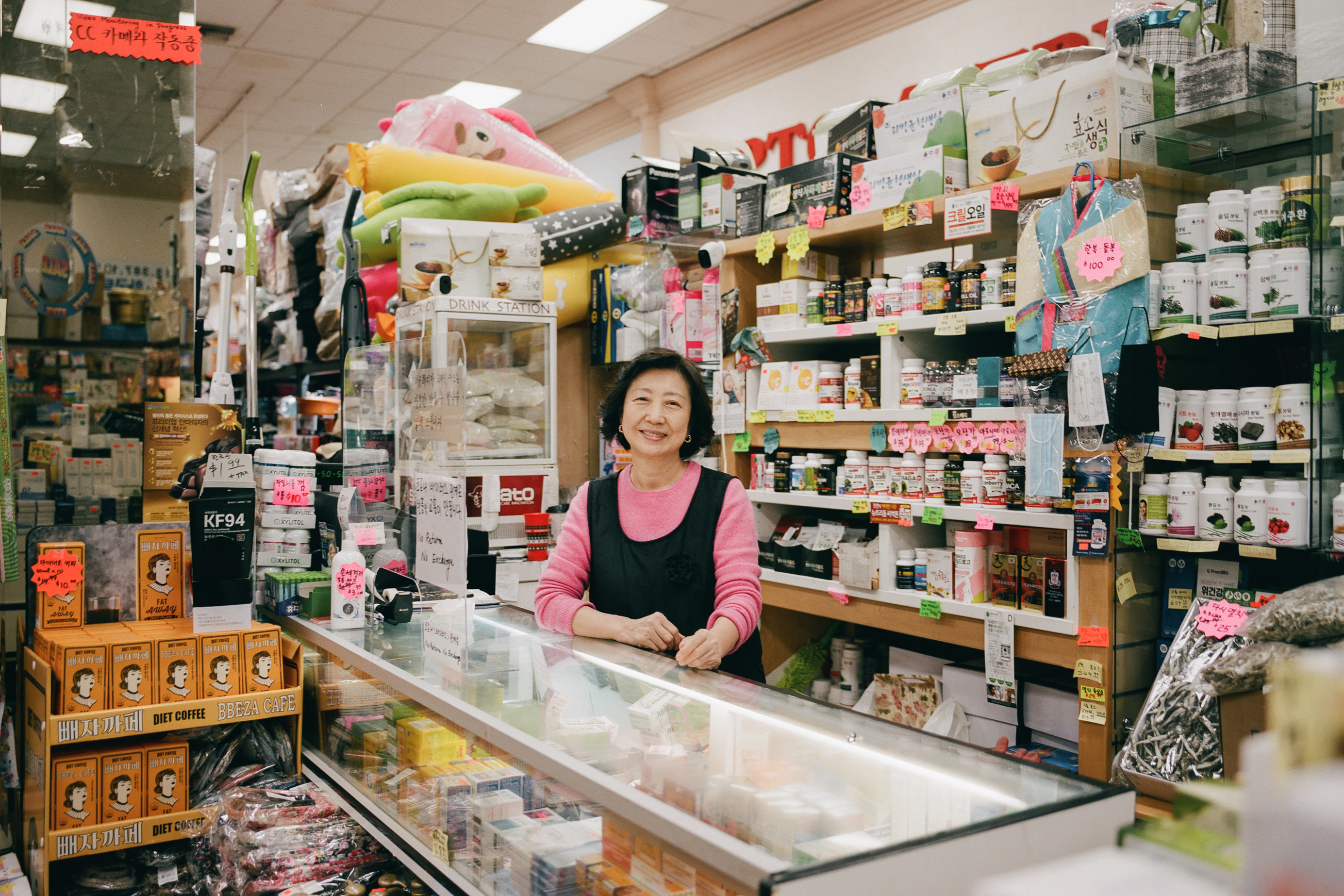
How did you meet the people you photographed, and how did you get them to open up to you?
I walked up to many of the small business owners and asked them how their day was going. I was so curious to know how they were dealing with the pandemic. Since many of the stores were empty and the owners were just sitting around, they would tell me about their immigrant stories and interesting anecdotes about their lives. I would spend a couple of hours with each owner and just listen to them. Initially, I didn’t even take notes, so I just memorized their names and key facts. Eventually, I asked if I could photograph them, and because they had opened up so much at that point, most of them agreed.
The first store that I photographed was a home goods store in Rodeo Galleria. I could sense that the owner was stressed from the lack of customers so I had to take my time. I returned four times, buying something each time so that she would remember me. On the fourth trip, she opened up a lot more, and I learned so many things about her, such as that she wanted to be a model when was in her twenties. I suggested taking her picture but she got so shy all of a sudden and refused. I had to convince her persistently and politely, and she finally told me that I could take just one photo. So I took that shot and prayed that the film would be properly exposed, and it was. And that’s how the series really began.
I went back to her store a few weeks ago and she was so excited to see me. She told me that a few people visited her store after seeing my feature on Instagram and encouraged her to keep going. She was incredibly moved that people in the community cared so much about her and her store. She was actually considering closing her store when I met her back in December 2020, because there had been a family tragedy. But when people started coming and supporting her, she decided to keep the store going for as long as she could.
Many first-generation immigrants are self-effacing and think that their stories are not that remarkable. To them, their lives were just about keeping their heads down and working hard to make a life for their families. So, when I initially approached them, they were quite skeptical and even cautious of me, worried that I might somehow scam them. But at the end of each session, many businesses were incredibly grateful. Many of them worked so hard for decades and never had a platform to tell their stories. I think it must have been gratifying and maybe even cathartic to finally be able to talk about their experiences.
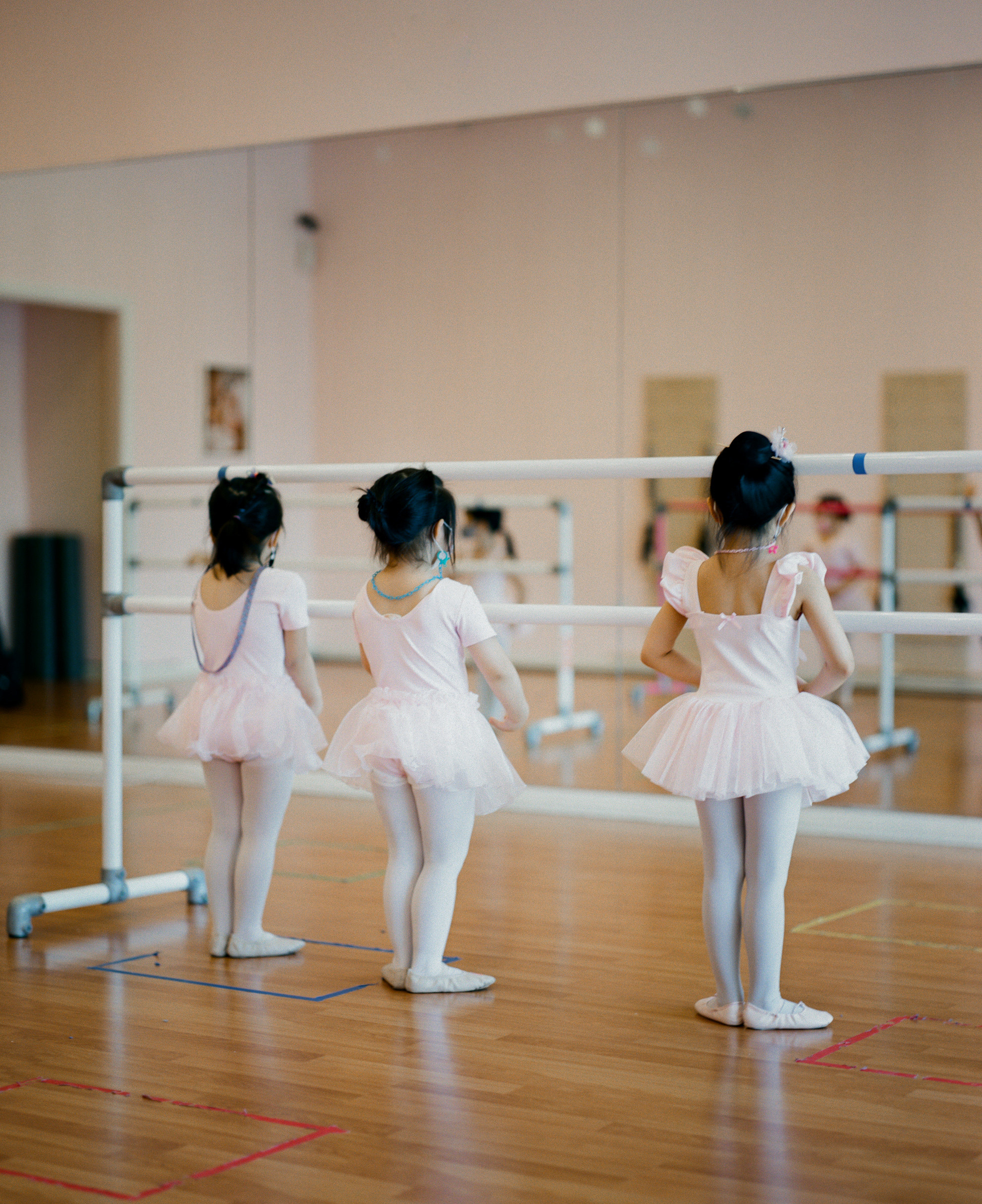
What role do these businesses (and community spaces) serve in the Koreatown community?
These small businesses are crucial because they not only give immigrants a slice of home, but also present opportunities to network, find jobs, and deepen bonds in the community. There are certain stores that are integral to the Korean culture, like rice cake stores and hanbok (traditional Korean dress) shops, and, most obviously, restaurants. For instance, a patron might visit a rice cake store when they have a baby, a birthday party, a wedding ceremony, or even a funeral. Another example is Song Je Ho Table Tennis Club, which is a space where older Koreans can socialize and exercise together. Given the fears of being a victim of Asian hate crimes, spaces where older people can be active in a safe setting are ever more important.
Repeated interactions at small businesses deepen the trust that people have in each other and make them feel like they are part of a bigger collective, which is how communities are formed and strengthened. These bonds allow individuals to receive support and help in moments of tragedy, such as during the ’92 LA riots, when many Korean businesses were destroyed by rioters.
What impact has COVID-19 had on the community?
COVID was really difficult on the Koreatown community. A handful of older Korean barbers passed away due to COVID, and I’m sure there were many more small business owners who were affected. So much of Koreatown depends on foot traffic, and when the lockdown started, business activity pretty much evaporated. Restaurants that depended on busy nights and weekends had to be closed for more than half the year. Many cash-strapped restaurants had to close permanently. Mom-and-pop stores with no customers had to close as well. Many stores are still behind on their rent, while accumulating unsustainable amounts of debt just to keep going.
The community is so interdependent that when one store shuts down, there is a chain of adverse effects. For instance, when a restaurant shuts down, the employees, valet attendants, parking security guards, and adjacent businesses are all affected. When you multiply that across multiple blocks, an entire neighborhood is essentially shut down.
Why is it important to cover this now?
Many of these first-generation small business owners are entering the age of retirement. Since many of these businesses are unlikely to be taken over, they will likely be sold or closed forever, and with that a wealth of history will be lost permanently. It would be such a shame to be ignorant of the rich contributions that these small businesses have made to Koreatown, which is now seen as one of the most desirable places to live in. Koreatown was built on the backs of hardworking Korean immigrants and I think it’s important to honor their existence and legacy in California. For many younger Korean Americans, it is important to understand the lineage of where we came from so that we can continue their legacy.
We live in a time of anti-Asian rhetoric from politicians and misinformation. I believe that a lot of misguided hate towards Asians comes from a lack of awareness and information about who Asian Americans really are. The history of Asian Americans is rich and diverse, and I’m offering the history of one such community. My hope is that people can have a richer view of the domestic and interior lives of these Korean immigrants and have an appreciation for them.
8th Street Florist
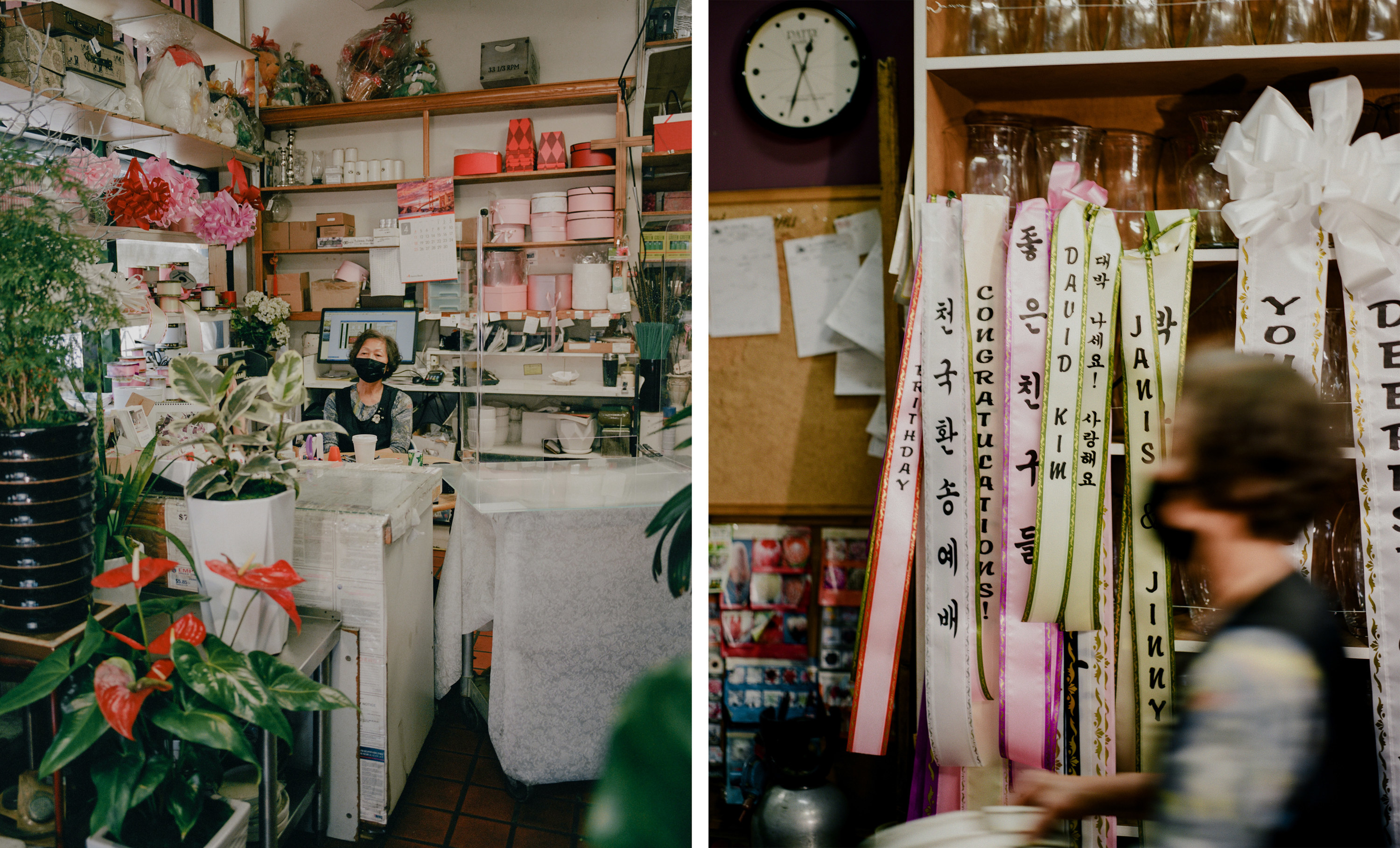
8th Street Florist is an iconic establishment on 8th and Vermont, a multicultural intersection where Chinese restaurants, Mexican stores, and Korean businesses meet. The current owner, Sun Young Kong, took over the business when the previous owner passed away from cancer during the pandemic last year. She couldn't apply for PPP as she had no business records from the year prior, and all her wedding jobs were canceled. Kong was part of a wave of Korean immigration that was propelled by the 1997 IMF financial crisis, which left many Koreans unemployed and in search of a better economic future abroad. After moving to the United States and working various jobs, Kong decided to specialize in a skilled job and picked up floristry, eventually working with the previous owners of 8th Street Florist. As the lockdown lifts, she is starting to see customers come back to her store and events continue as usual.
Kim Im Sook Hairdressers
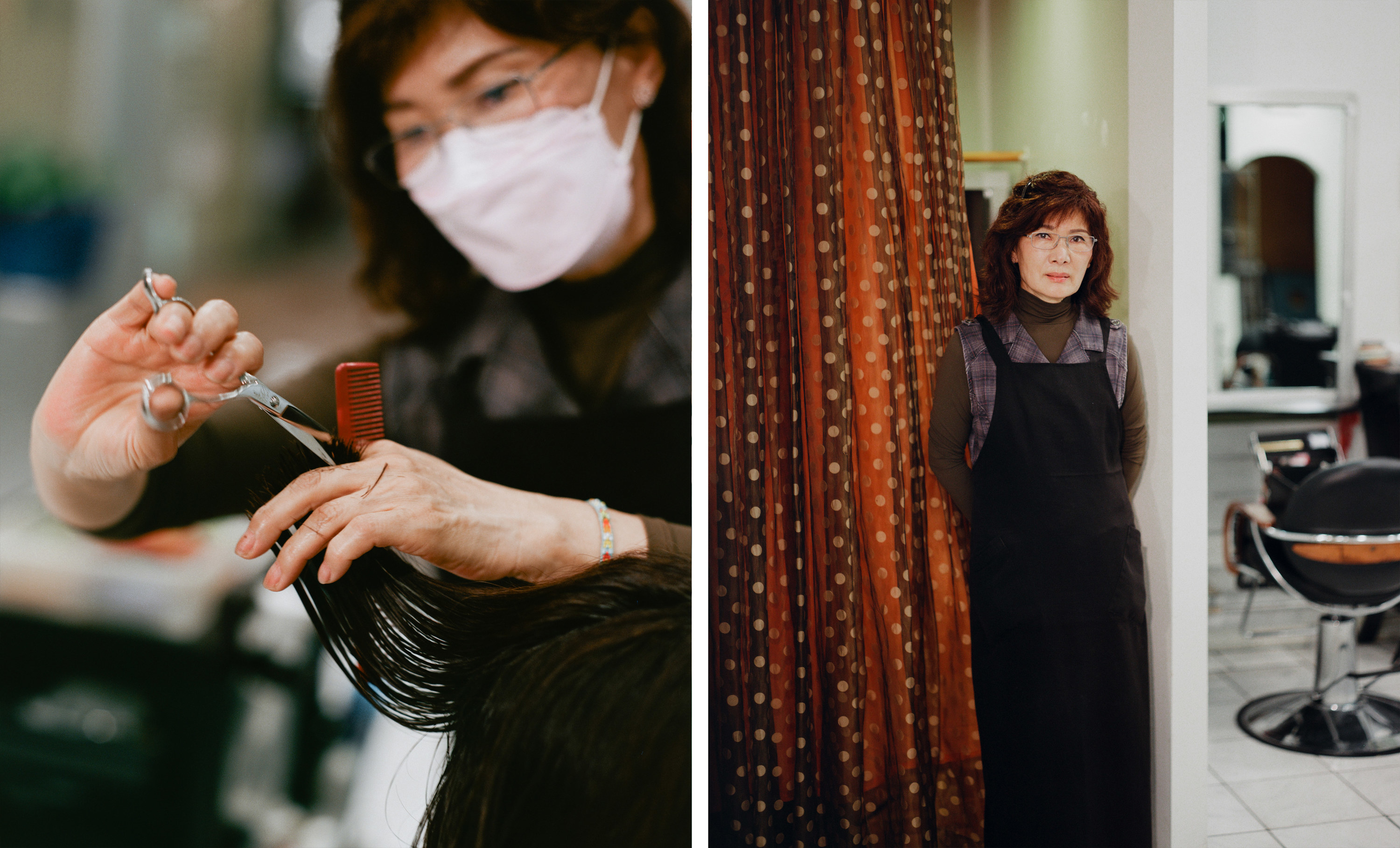
Im Sook Kim was one of the first hairdressers to start a salon in LA, as one of the first tenants in Koreatown Plaza, an unmistakable Koreatown landmark. In the early days, Kim repeatedly won Long Beach International Beauty Expo makeup competitions. In addition, she created the KIS Hair Show to showcase different hairdressers. She was also one of the primary hair and makeup artists for the LA Miss Korea pageants. Nowadays, Ms. Kim is content with running her store and serving her loyal customers. She wants to continue working as long as her body can keep up.
Moorimgoong Martial Arts
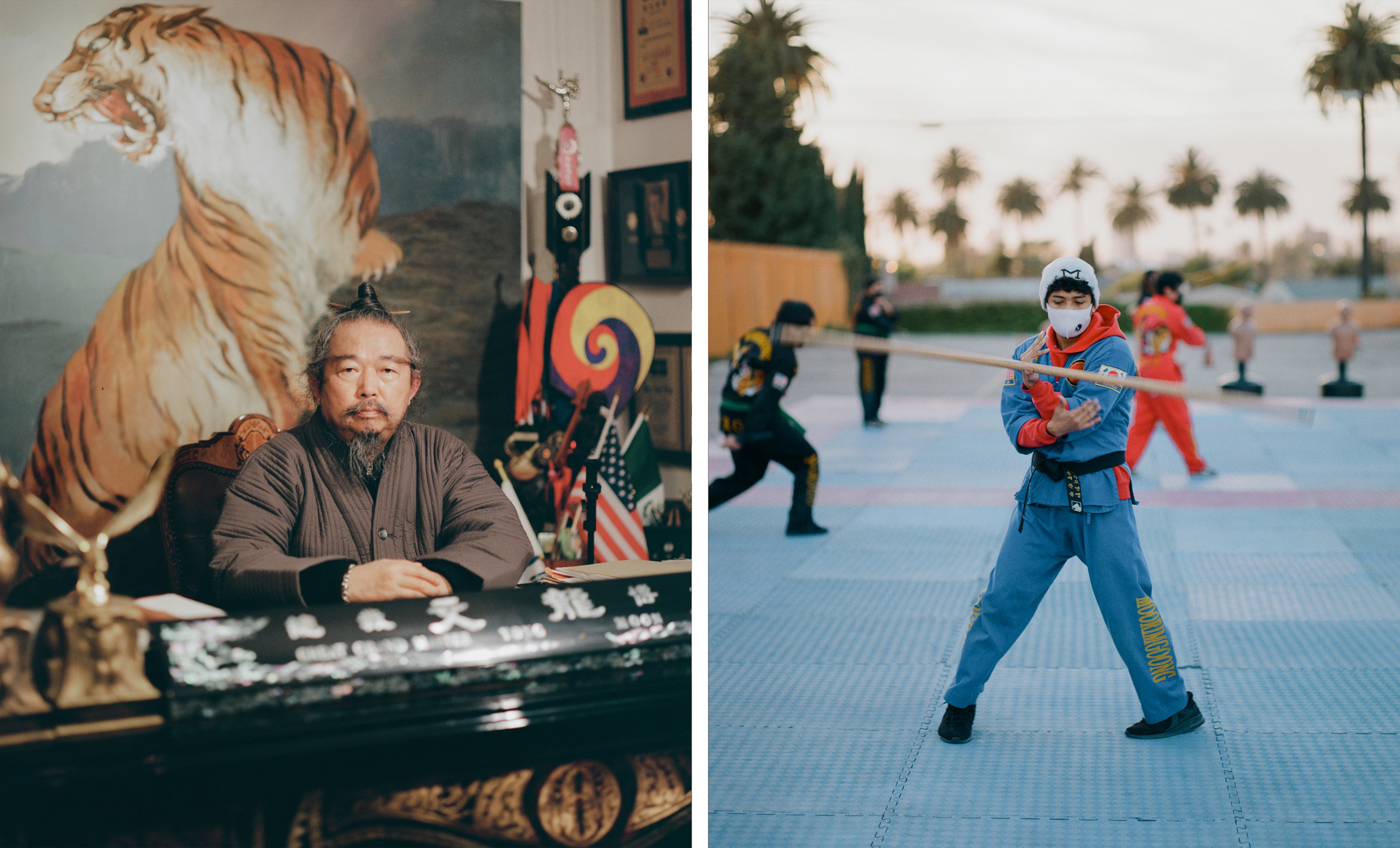
Born into a family of martial artists, Great Grandmaster Yong Moon has taught martial arts for over 53 years. In 1979, he immigrated to the US to open a martial arts school at the invitation of New Orleans’ then-mayor. After teaching for over a decade, he moved to LA and opened Moorimgoong Martial Arts in 1992 after witnessing a fight between a father and son in his neighborhood. In addition to teaching physical fighting and self-defense techniques, Moon wanted to create a place in the community to teach discipline and character, and also to deter teenagers from falling into drug and gang activity. Moorimgong's mission is to be a pillar of support and strength in its community.
Lucky Rice Cakes
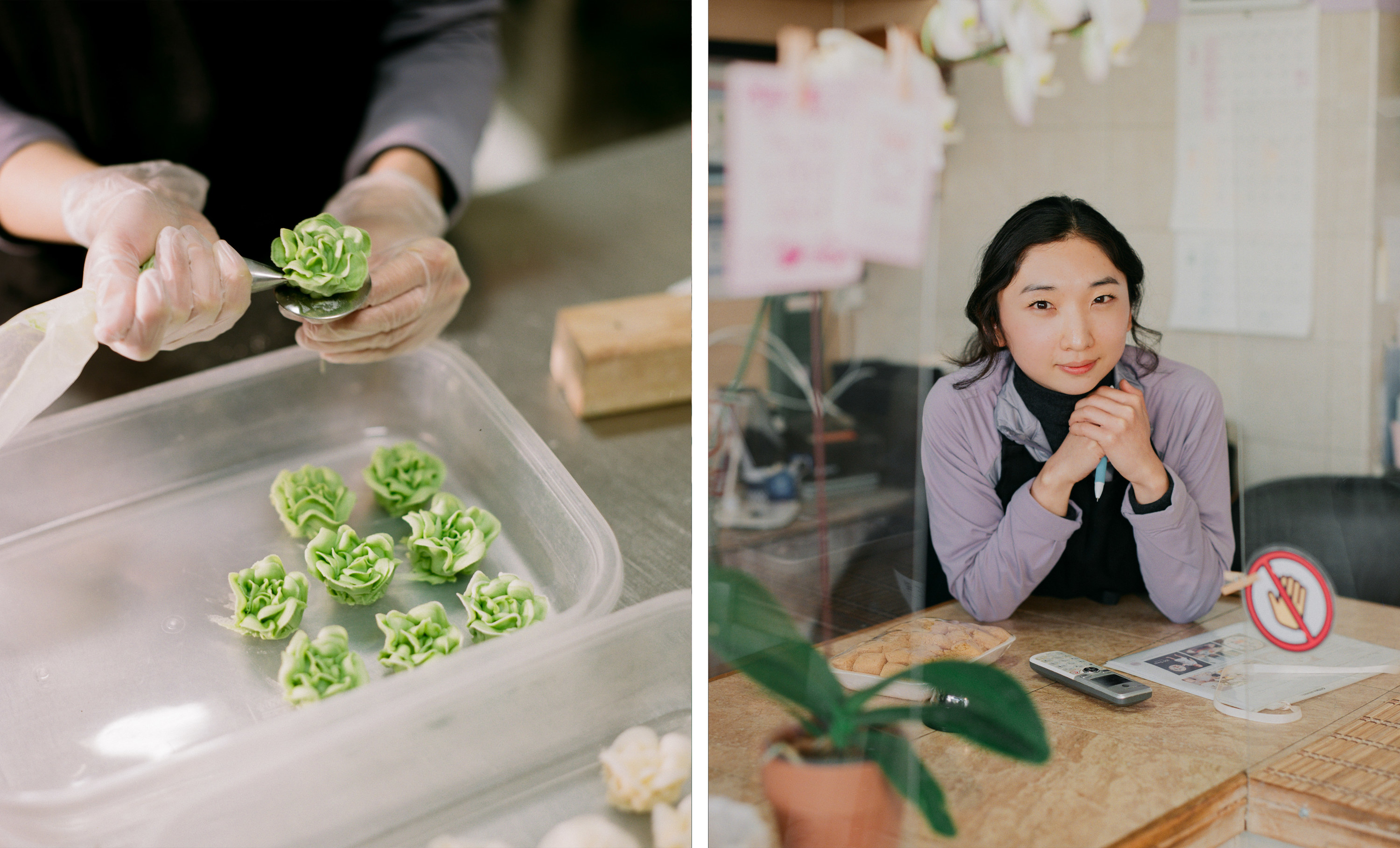
Lucky Rice Cakes was one of the first rice cake stores that opened in LA. Eunice Park's father took over the store after working there for decades, and when he passed away abruptly last December, Eunice had to take over. The store holds innumerable memories that she shared with her father. She is able to continue the legacy of her father's work by adapting her products for a more contemporary audience, while retaining their integrity and traditions. Rice cakes are so integral to special occasions in Korean culture, from a child's birth to their first birthday, weddings, celebrations, and even funerals. As such, Eunice's work is able to touch members of the Korean community at all stages of life.
Song Je Ho Table Tennis
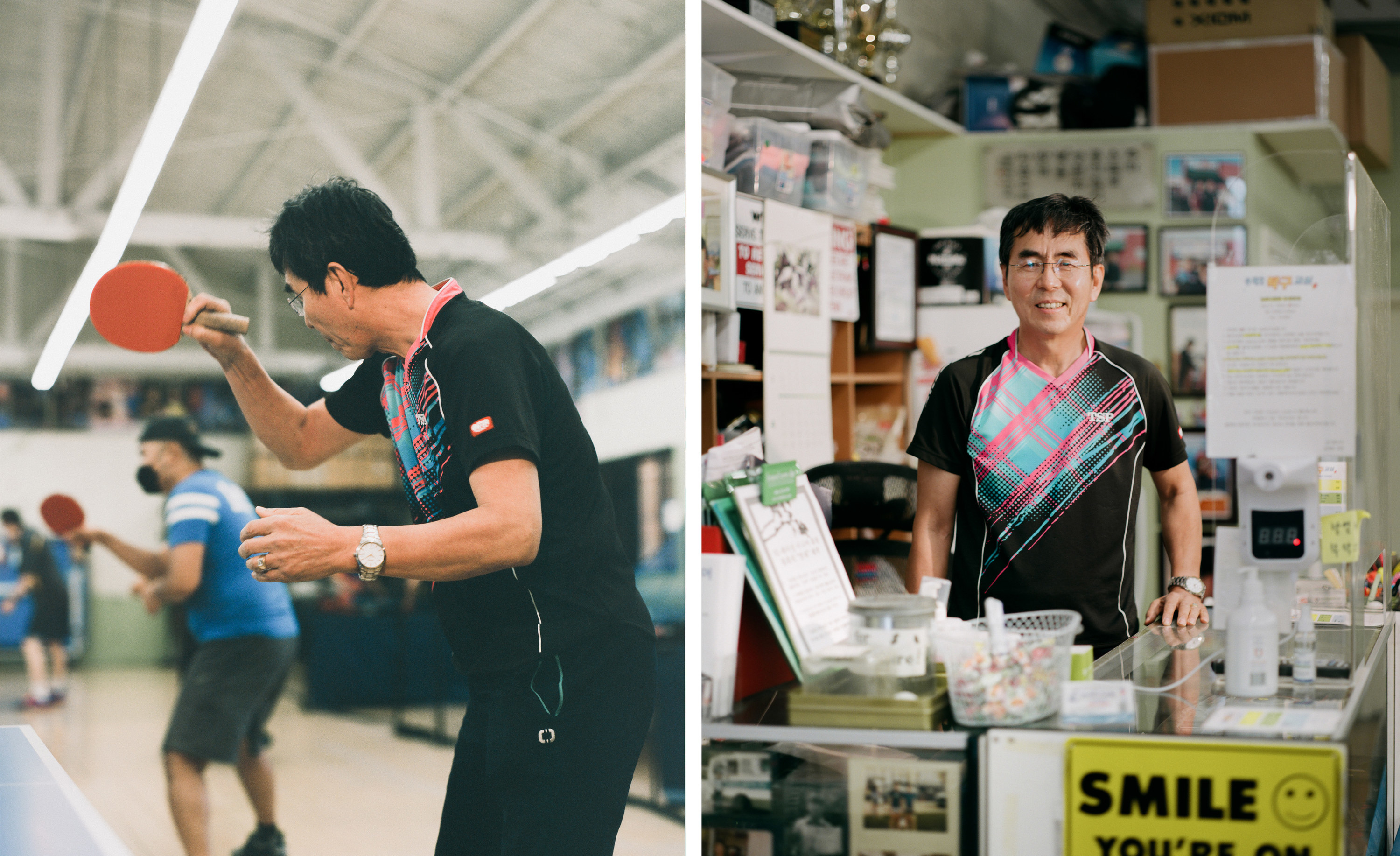
Je Ho Song first visited the United States in 1980 as a table tennis athlete competing in the US Open. After seeing the opportunities available to him here, he moved stateside in 1983 with nothing but a clothing trunk and his table tennis bag. When he first arrived, he wasn't preoccupied with attaining a visa or finding a permanent home — he just wanted to play table tennis with his fellow compatriot immigrants. After working in other jobs for over 20 years, Song was finally able to open a table tennis club thanks to the support of a friend in his church. His table tennis club has become an indispensable part of the lives of many older Koreans, especially retirees. Here, they can socialize and exercise in a safe environment. Venues like these are integral to the social fabric of a community like Koreatown, serving as a hub where people can have a third space outside of their work and home lives, all the while engaging in healthy activity.
Lee Hwa Hanbok
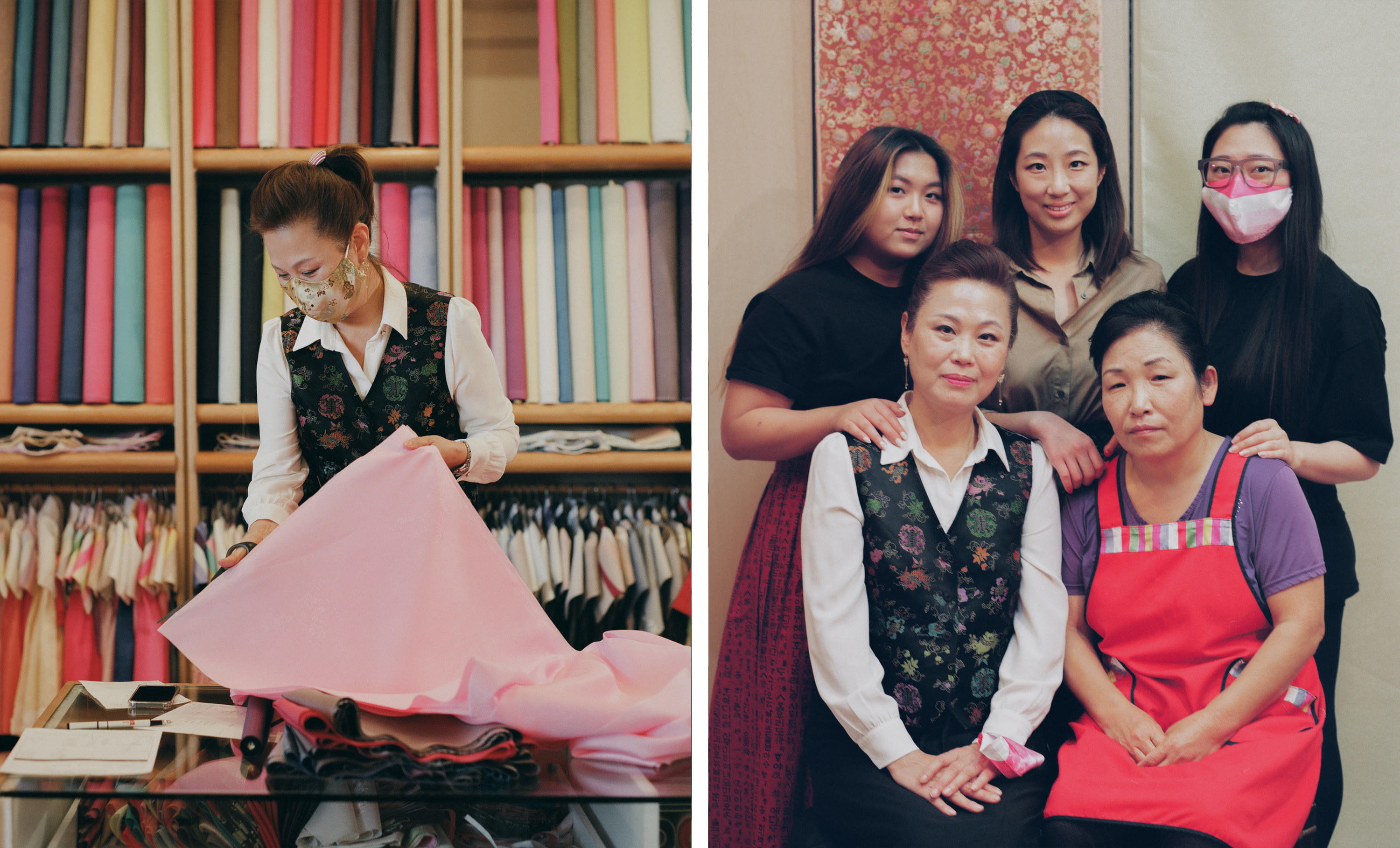
Lee Hwa is a fourth-generation hanbok maker and purveyor in her family. She is largely credited as one of the first people to bring the craft to the United States. While promoting the traditional elements of the hanbok dress, she also learned to adapt her styles to a younger and more Western audience. Laura Lee, the owner, went back to fashion school at FIDM in her forties because she wanted to understand what the younger generation was into and how they dressed. She attended classes and hung out with 20-year-olds to understand how to adapt her business. Hanboks in Korean culture are revered for their tradition and immutability. However, Lee Hwa made hanboks more accessible as an everyday item, instead of garments only reserved for special occasions.
Han Bat Sul Lung Tang

Han Bat Sul Lung Tang is a renowned restaurant amongst the Korean diaspora in the US. It serves a quintessentially Korean ox bone soup, a comfort food that reminds many Koreans of the homeland. It’s a top destination for people from all over the country when they visit Koreatown. The restaurant started in South Korea and is now operated by the third generation, and the founders of the LA location (now well into their seventies) still prepare the broth every morning at 4 a.m. to ensure the integrity of its flavors. The founders are proud to have introduced this uniquely Korean soup to many non-Koreans; on any given day, half of their patrons are non-Koreans.
